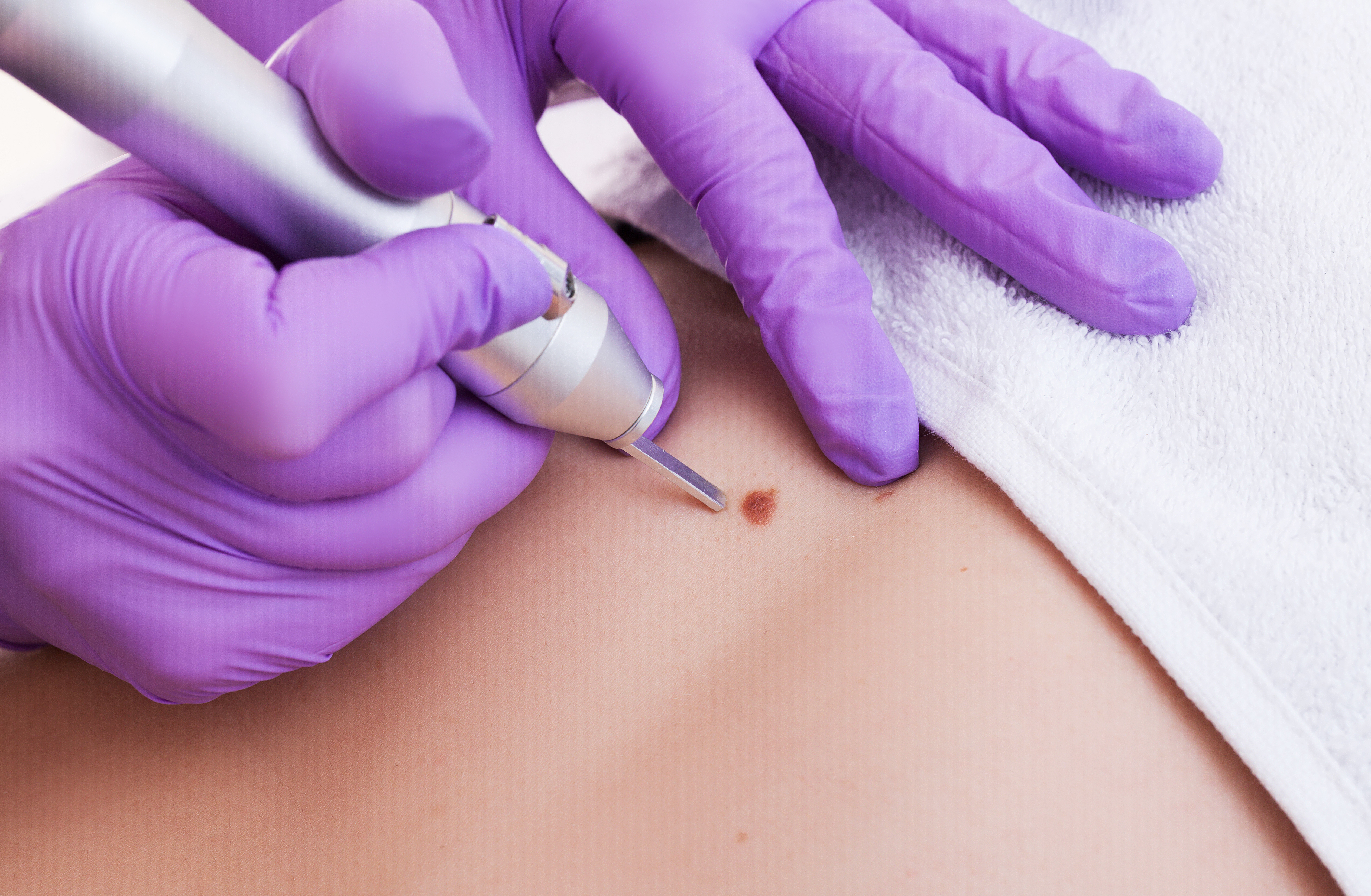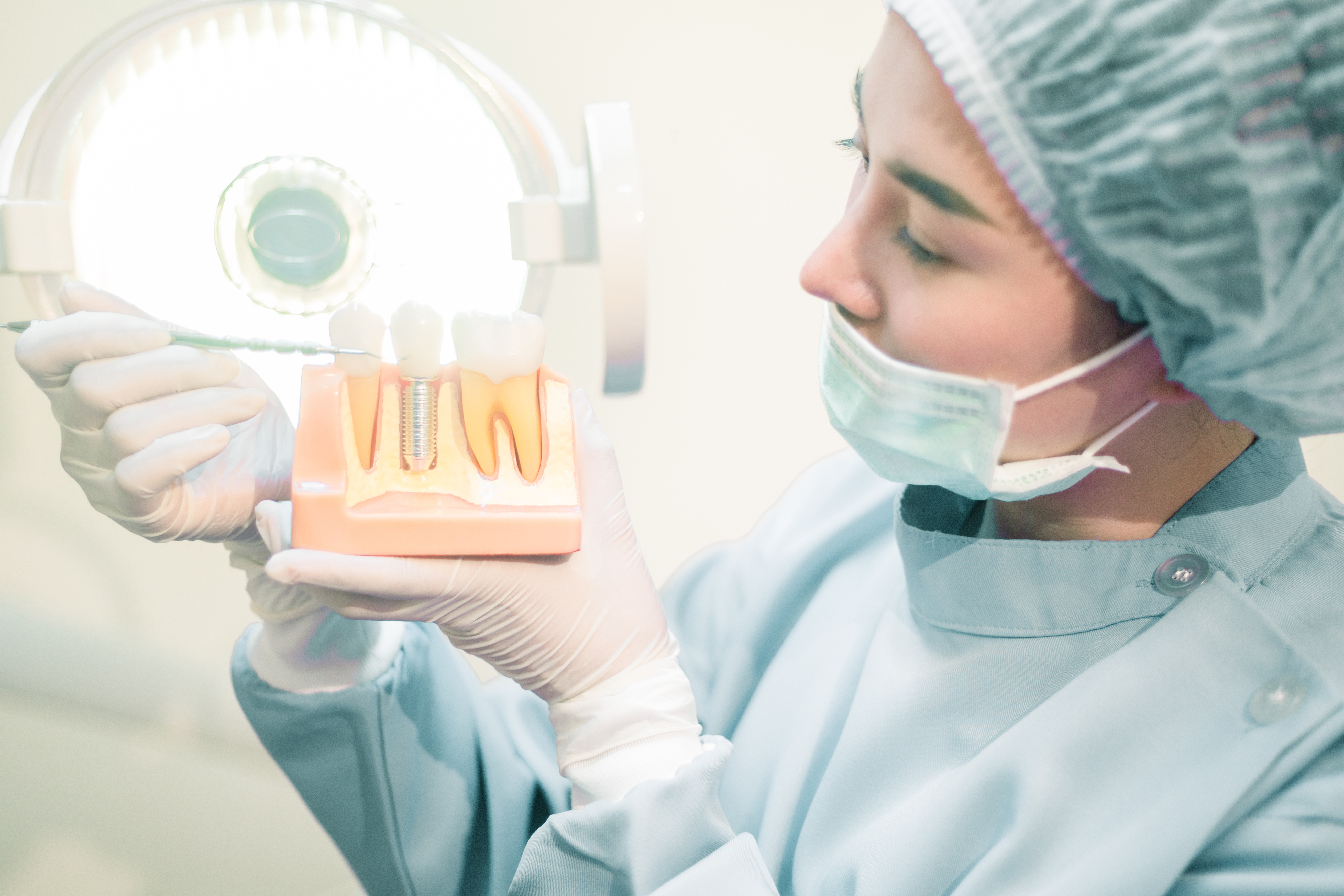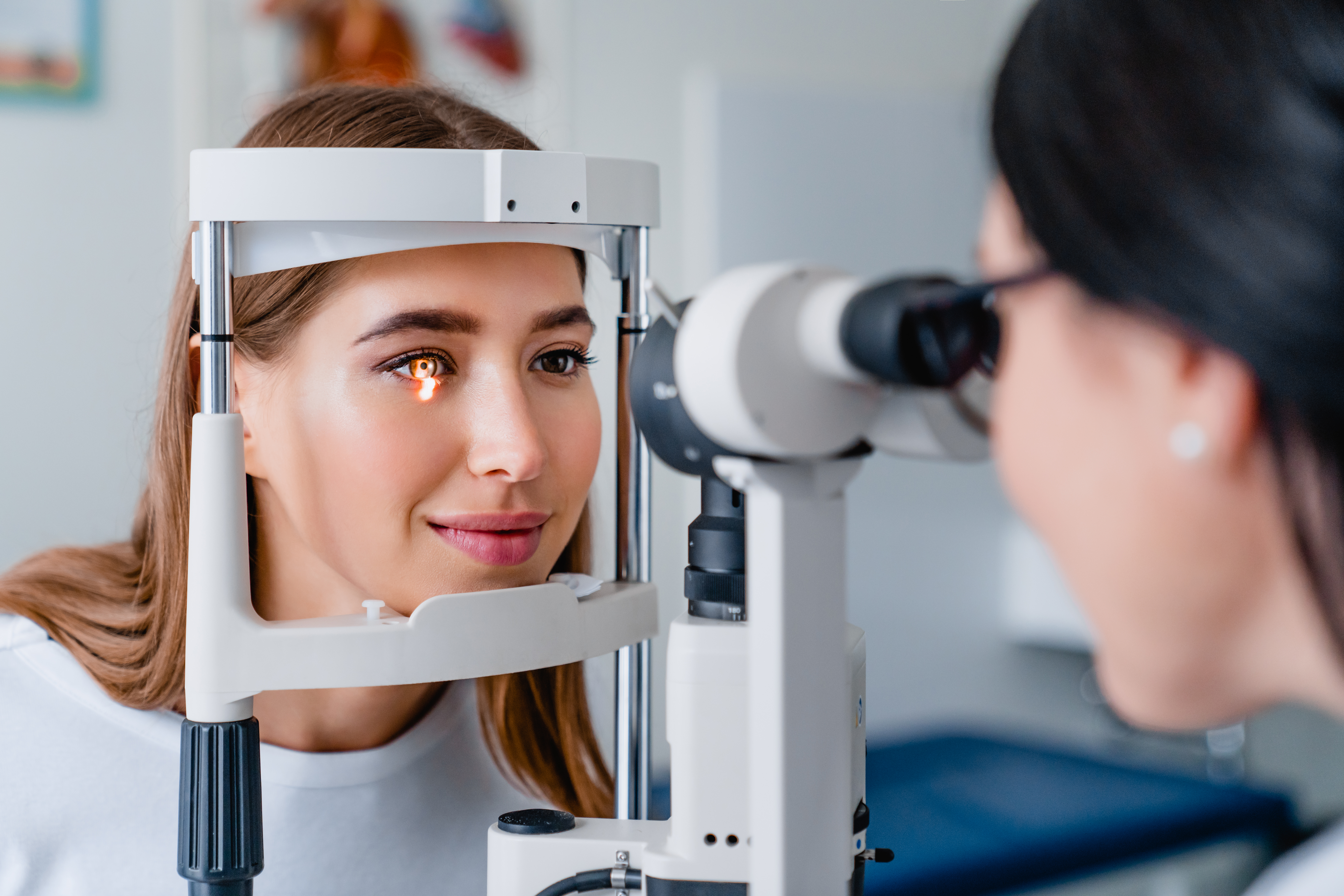
Mole Removal Surgery: Types, Aftercare, and Risks
Mole surgery is a safe procedure with a relatively high success rate. What preparations are needed before the surgery and how long is the recovery time? Read on to find out more.
Why is Mole Surgery Necessary?
Generally, moles are harmless and do not require removal. It is common for someone to have between 1 to 40 moles on their skin.
However, moles can be removed if they cause discomfort or affect your appearance. For example, a mole on the face might make makeup application difficult. This procedure is known as cosmetic mole removal.
Certain types of moles might be precursors to skin cancer and should be removed promptly. Warning signs of dangerous moles include:
- Itchy.
- Painful.
- Irregular shape.
- Uneven borders.
- Varied coloration.
- Large diameter (larger than a pencil eraser).
- Changes in shape, color, or size over time.
- Appearance after age 30.
If you notice any of these signs, it is advisable to visit a dermatologist for a thorough examination.
Types of Mole Surgery
Here are several procedures your doctor might recommend for mole removal:
1. Surgical Excision
Surgical excision is the most common method, especially for cancerous moles, as it removes the mole entirely.
To prevent bleeding, the doctor may apply pressure or use cautery (burning with a laser). The wound is then stitched up.
2. Shave Excision
In this procedure, the doctor uses a single- or double-bladed scalpel to shave the mole off the skin’s surface. To ensure good healing, the doctor might lightly cauterize the area.
Since this method does not remove the mole’s roots, there is a possibility it may grow back. Shave excision is also not recommended for cancerous moles.
3. Laser Surgery (Cautery)
In laser surgery, the doctor uses electric current to burn off the top layers of a benign mole. For optimal results, multiple sessions may be required.
This method is less recommended as benign moles can reappear and the appearance of it is resembling cancerous moles.
4. Cryotherapy
Cryotherapy involves using liquid nitrogen to freeze the mole. However, this method also does not remove the mole's roots, increasing the risk of regrowth. It is not suitable for removing cancerous moles.
Preparation Before Surgery
Before mole removal surgery, the doctor may take photographs to monitor changes in the mole over time. A dermoscope might also be used for a clearer view of the mole to determine the most appropriate surgical method.
After the examination is done, the targeted area will be marked, cleaned, and anesthetized locally (topical anesthesia), either by injection, application, or both.
During Surgery
Since local anesthesia is used, you will be awake during the procedure but will not feel pain. The surgery typically takes less than an hour.
Post-Surgery Procedure
After surgery, the doctor will apply petroleum jelly and cover the area with a bandage. You can then go home and continue your activities.
At home, regularly clean the wound and apply petroleum jelly to keep it moist. Use clean hands washed with soap and running water.
After the wound heals, always apply sunscreen to the scar area to protect it from direct sunlight.
How Long Does It Take for the Wound to Heal?
The healing time depends on the mole's size and the type of surgery performed. On average, the wound heals within two to three weeks.
During recovery, you can continue your normal activities, although the wound might feel slightly sore. During your activity, make sure the wound stays clean and dry.
Risk of Complications
Mole surgery generally has a low risk of complications. However, although rare, some complications may include:
- Bleeding.
- Scarring.
- Infection (redness and pus).
- Nerve damage.
- Mole recurs.
To avoid complications, never attempt to remove a mole at home as suggested on the internet, as this is very dangerous. Ensure you choose an experienced dermatologist and a reputable clinic for the procedure.
One recommended clinic is Bluecross Medika, located in Indonesia's first Health Special Economic Zone, The Sanur.
Situated in central Bali, Bluecross Medika offers international-standard professional doctors, state-of-the-art medical equipment, and five-star service, ensuring your mole surgery is safe, comfortable, and has a quick recovery process.
Contact Bluecross Medika to schedule a consultation or for more information about their services.
Related Articles

Kidney stones (nephrolithiasis) are hard objects formed from chemicals in the kidneys. Once formed, the stone ...

Dental implants can be an excellent solution for replacing damaged or lost adult teeth. Before deciding ...

Retinal detachment, also known as retinal ablation, is an eye condition requiring immediate medical attention. Here ...

